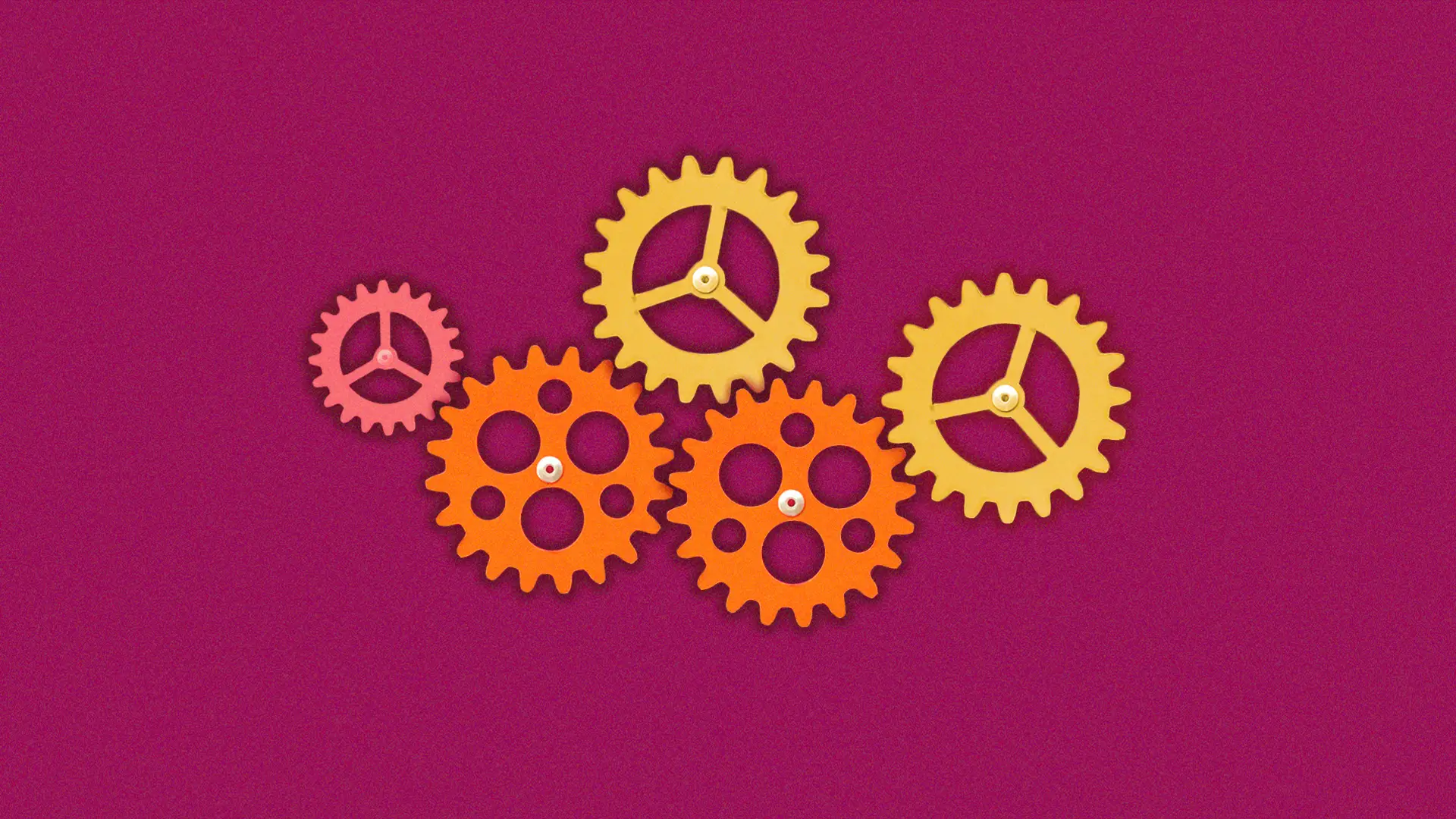

Key Takeaways
- Many employees want more flexible work arrangements and may request to continue working from home or reduce their days in the office.
- Employees are a company's most important asset, and employers should be proactive in finding ways to support their mental and physical well-being.
- Quick, clear, and empathetic responses to employees' needs are essential in maintaining their goodwill.
- Some employers have been slow or limited in responding to their employees' needs, which has led to disengagement and fatigue.
Employees have had a rough and uncertain 12 months. In Melbourne, where I'm based, we had 200 days of lockdowns and restrictions and many of us have not fully recovered.
Some of us have moved interstate, or out of cities to escape a lifestyle that no longer requires us to be close to the CBD office.
Employers will need to carefully consider how to communicate with staff in these times and much like any leader you have a window in which to respond — which is closing fast.
So, what should leaders and organisations look out for when responding to the post-COVID world of work?
1.Expect that your employees will want more flexible arrangements
Recent Roy Morgan surveys have revealed that 78% of people don't want to return to the office full time and 48% don't want to return to the office at all. Expect your employees to request time off to reflect, to reconfigure the way they work, to ask to reduce their days. The mental load we have been carrying has been immense. Remember your employees are the people who, for the most part have used their own additional resources to support your business, turned that spare bedroom, kitchen table or kitchen into an office, worked more hours than ever before and sacrificed significant discomfort to keep the wheels in your organisation turning.
Mandating a return to the office isn't the answer, many employees particularly women and parents (who typically represent 40% of most organisations), have been able to function much better juggling their caring responsibilities when they're able to work flexibly. They will most likely want to continue to work this way.
What's more as an employer, you reap the benefits.
Research by JLL Global found that there is an uplift of 15 – 20% in engagement and fulfillment for employees who work from home 2 – 3 days a week
2. Recognise that when international borders open, you'll need to be empathetic to your teams needs
If your employees have families interstate or overseas, recognise that they will be hurting. In addition to this, around 40% of workplaces are made up of parents that have taken on additional roles to support the family over lockdown. In stark contrast to men, 89% of women picked up the burden of home school, often without any other family support available. We are at the tip of a mental health iceberg here in Australia and globally. Ask how might we recognise the anxiety or signs of mental health issues in your team?
3. Your most important asset: your people
Don't wait for your employees to ask for help, get the insights early. If it's an option, run a (short) survey on how they want to work and use this data to create a more compassionate working environment. Jeff Weiner, CEO of LinkedIn, cites managing with compassion as one of the most important aspects of an organisation's culture.
Think about what you can do to really support your people
Despite this there has been little in the way of olive branches extended to teams. For example a top big 4 Consulting firm funded $300 towards setting up a home office back in October, that only equates to ⅓ of what it cost to purchase my sit-to-stand desk.
In contrast, a well known online global payments business offered their 140 staff a menu of office set up items which they could select from, all covered by the business.
By and large, the response to employees has been slow and limited. Surveys have not been filled out due to fatigue.
Shockingly in one example, an emergency services agency I interviewed asked their employees to fill out a 30 minute survey with the lure of winning an iPad.
13% of employees completed it ( yes you read that right 13%!) What bigger signal could there be in terms of employee disengagement and fatigue?
In summary, the best way to respond is quickly, clearly and with empathy for your people. You are after all dependent on their continued goodwill as in reality, very few people go to work for the money.
This blog post was originally run on our Aquent Australia blog.
Related

Great brand collaborations are the best to strengthen identity.
Design & Experience, Insights & Trends, Marketing & Creative, Beauty and Fashion

Consumer demand and policy are driving EV market growth.
Development & Technology, Insights & Trends, Automotive

Are you missing opportunities to improve health screenings?
Design & Experience, Marketing & Creative, Health